Hello Hivers and Train Lovers! Today I pick up where I left off on Part I. If you missed it just click here. Since I missed visiting a lot of the places during the event on Saturday I went out Sunday looking for some more satisfaction.
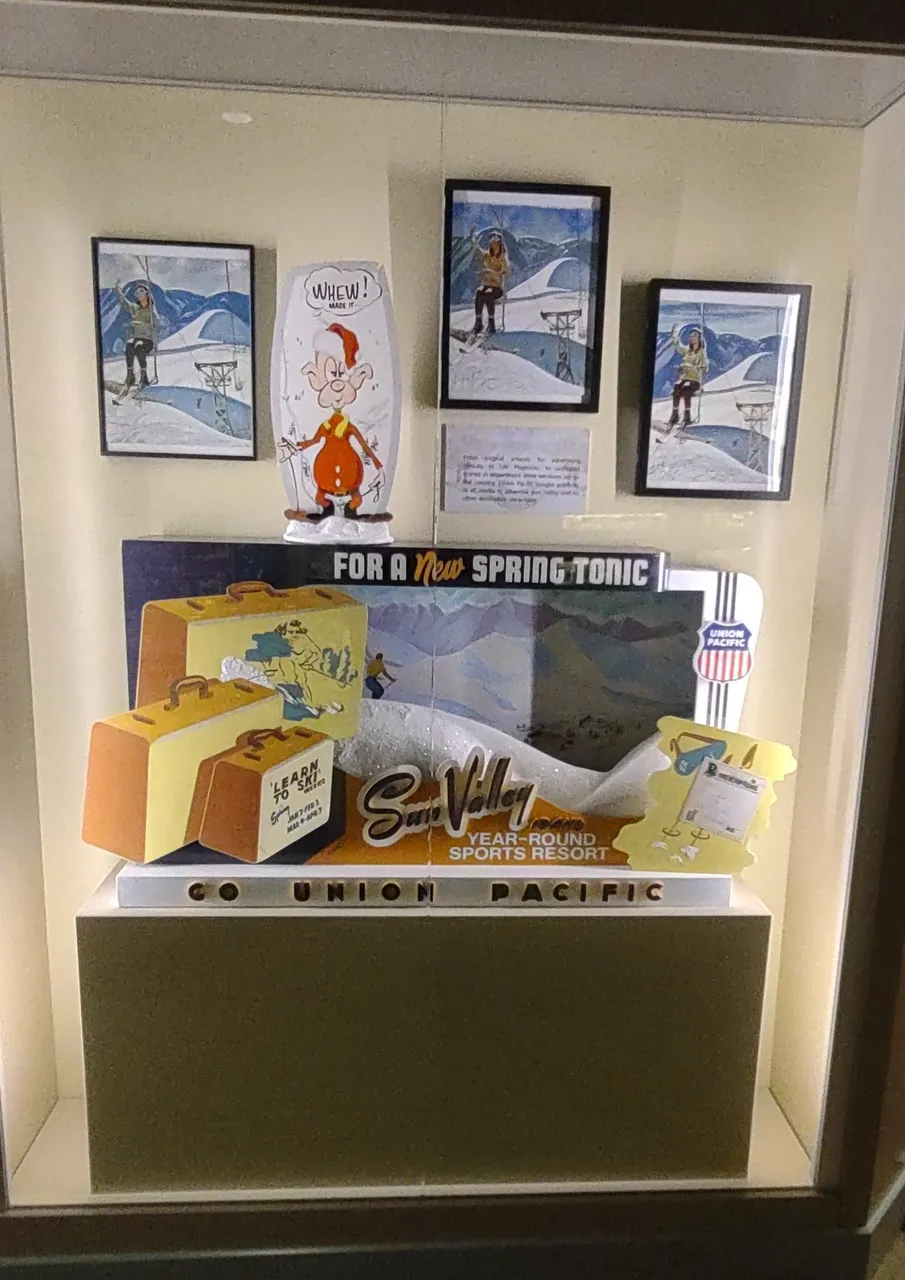
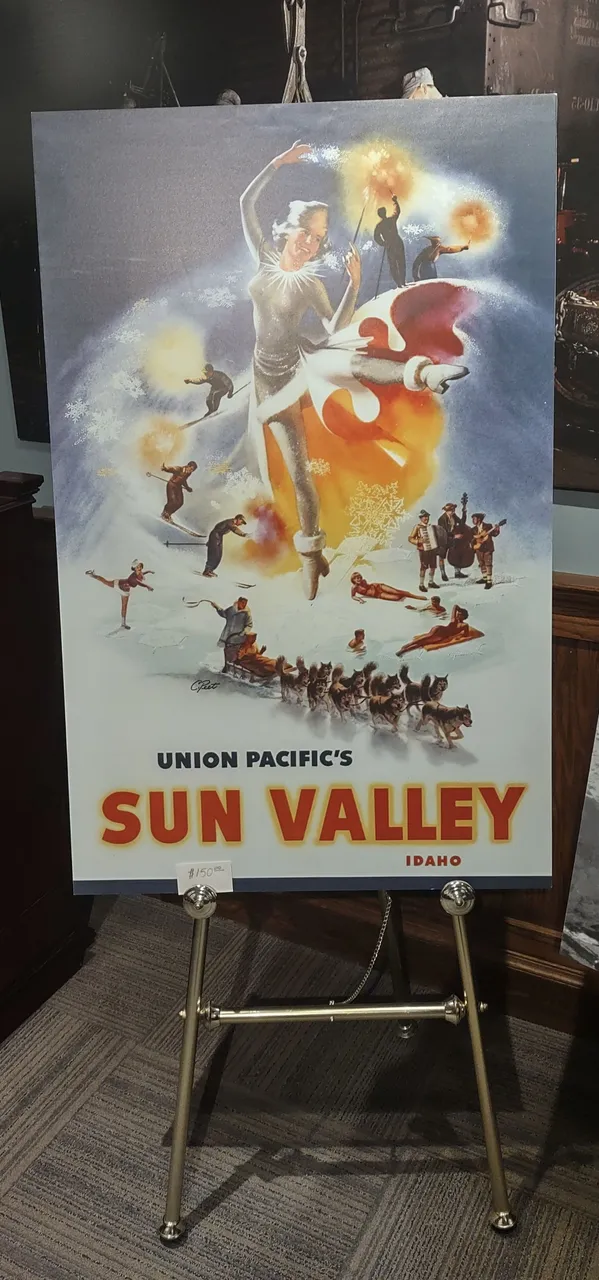
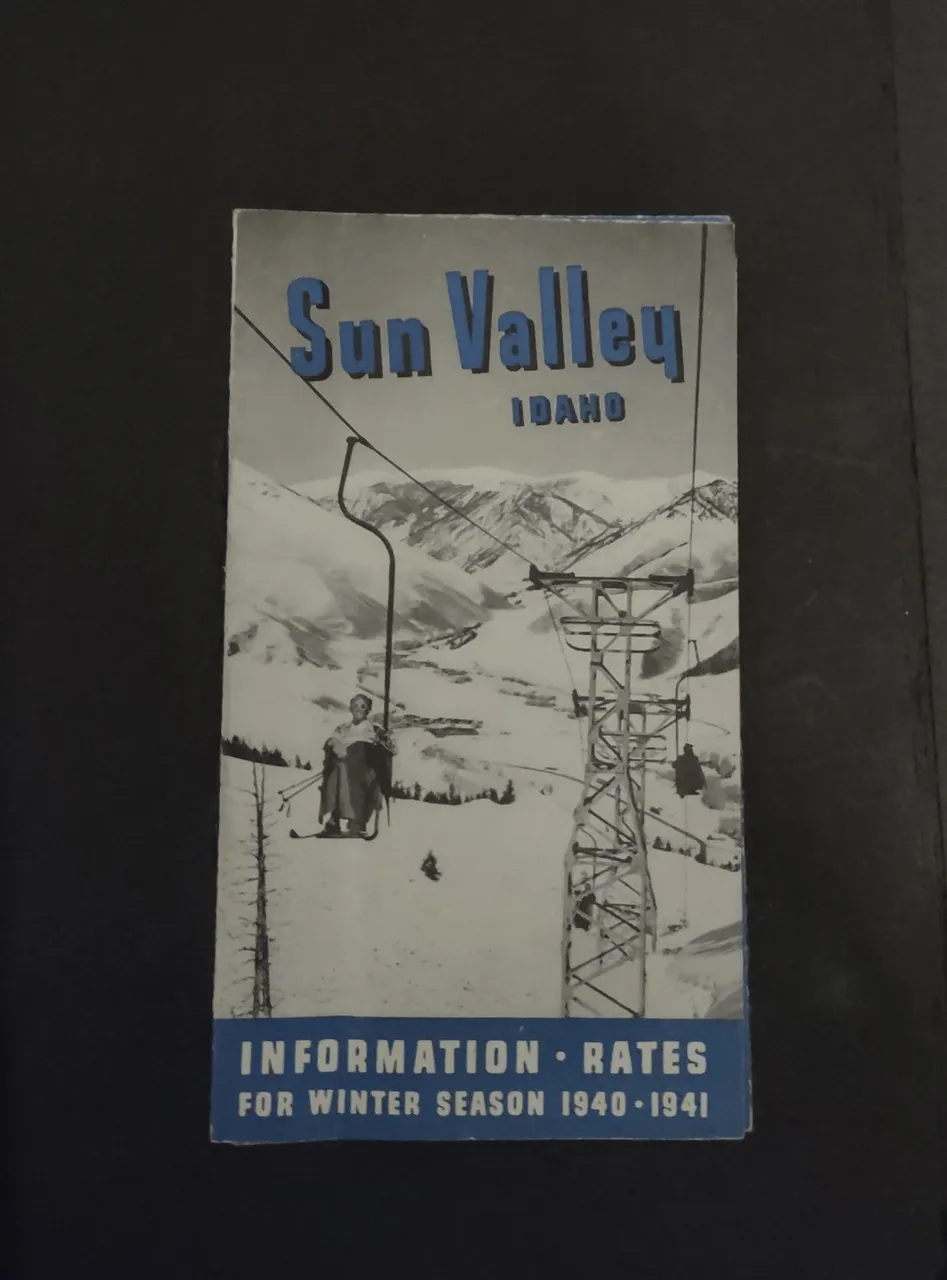
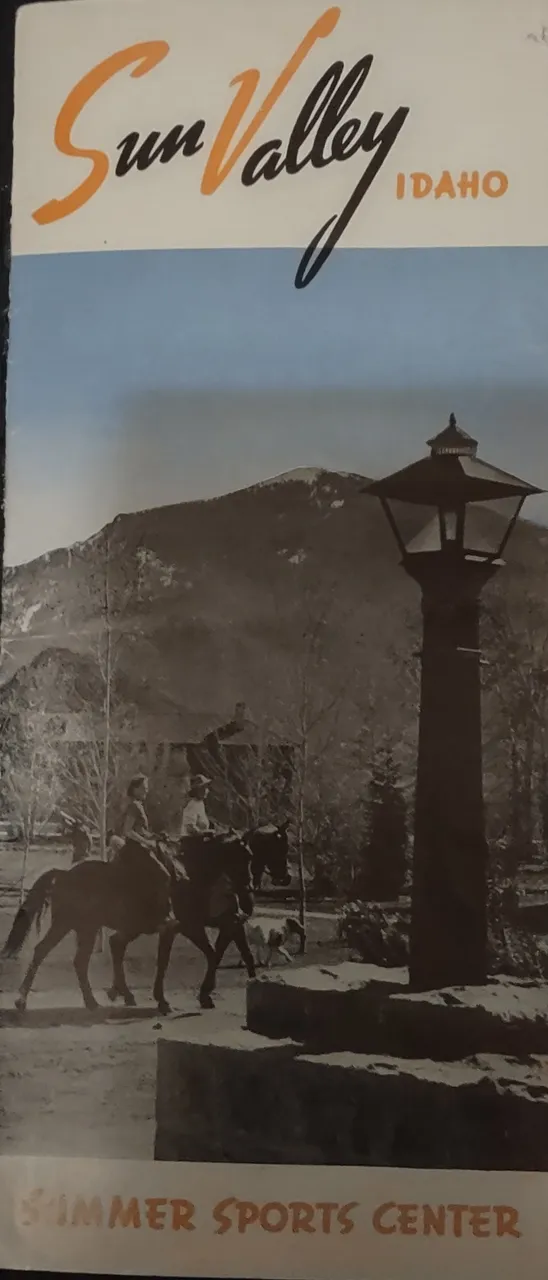
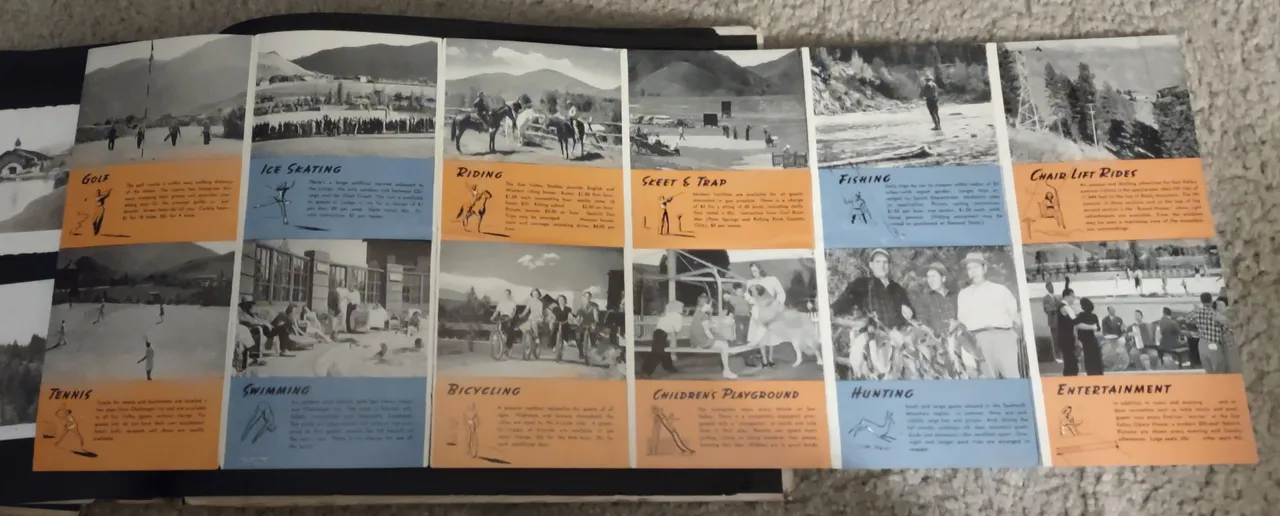

I couldn't help to smile when I seen things on Sun Valley, Idaho. It really made me think that Union Pacific advertising of the resort reached my Grandmother some 80 years ago. So the first two pictures are from the museum and the remaining ones are from my Grandma's scrapbook when she visited there. It feels great to tie these photo in this article.
The print is a great piece of advertising. This piece was for sale for $150. Most of the pictures are of my Grandma getting a chair lift ride. A little on that chairlift ride, it had three sections of lifts ascending to 11,544 feet up to the top of the Baldy mountains. Looking at one of the leaflets things to do there included golf, ice skating, tennis, swimming, horseback riding, bicycling, skeet & trap shooting,fishing, hunting,and lots of other entertainment.
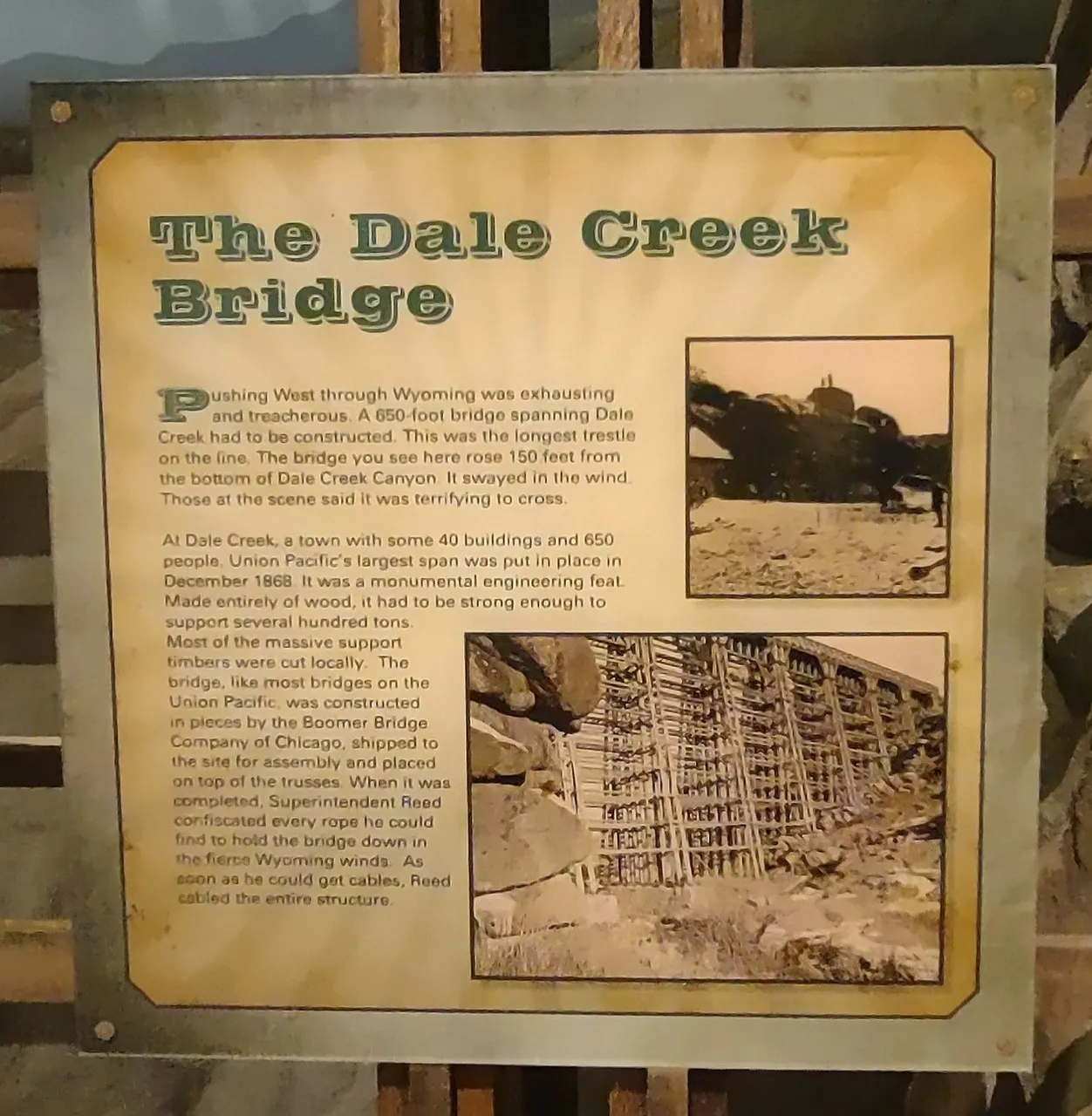
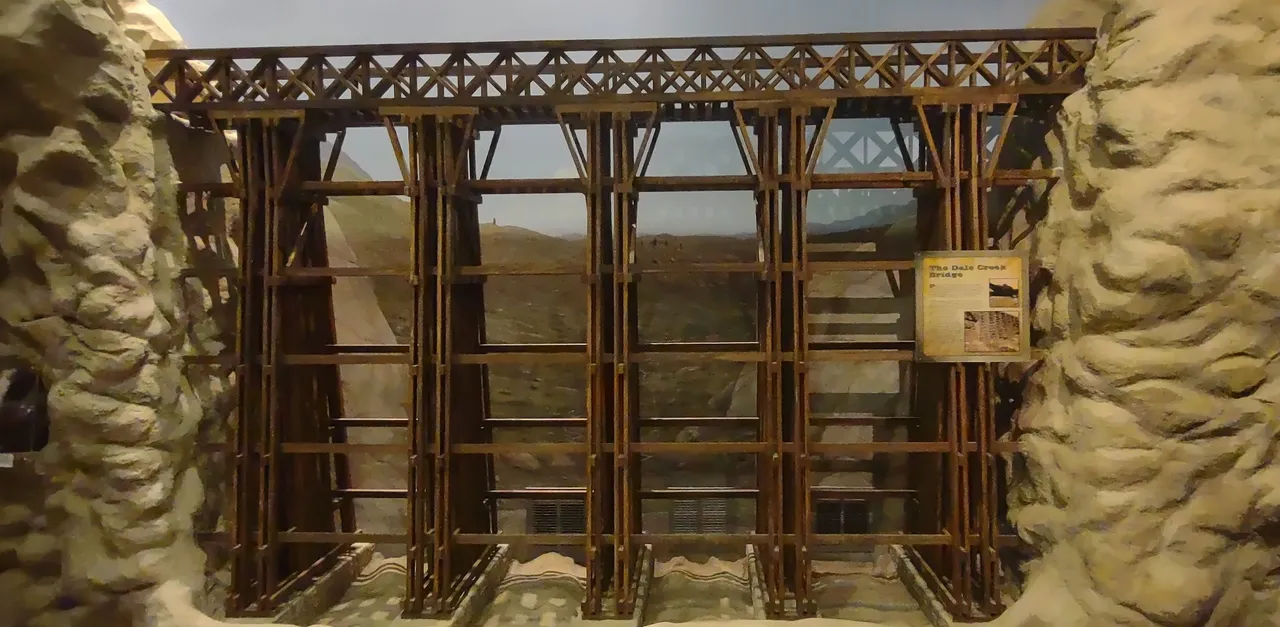

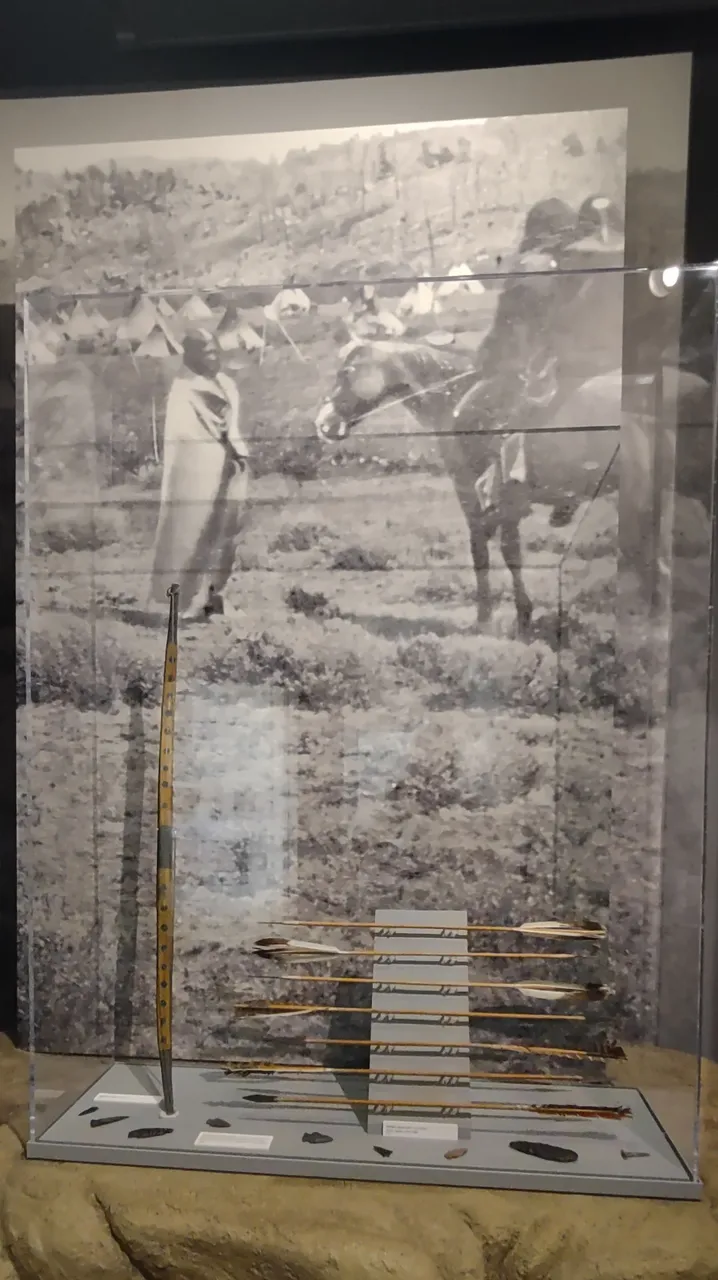
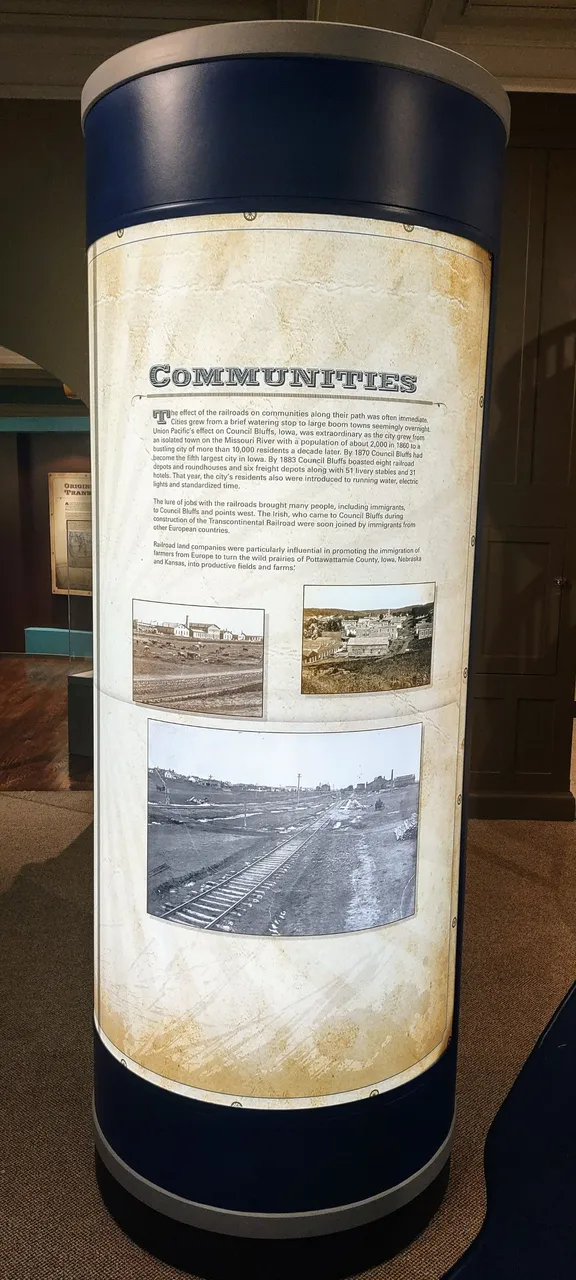
With the railroad building west there were some feats accomplished and challenges along the way. The Dale Creek bridge was one of them. The model bridge was about 6 feet high much smaller than 150 feet it once stood. It was completely made of wood and was tied together initially by rope. Those who traveled across it said it was terrifying. Later on the rope was replaced with cable.
One of the challenges was building the tracks alongside waterways. The railroad tracks needed to be near them so the steam tanks could be filled with water. Well at the time the area was going through a drought so the Bison herds were near these waterways. The Native American tribes were near these waterways and they much depended on the Bison herd. So the railroad and it's workers were the uninvited guest in this situation. As you can see in the photos are some authentic Native American artifacts.
As the rails were laid westward they passed through some small towns. These towns became booming towns when the railroad entered them. It jump started their economy as well because the railroad would hire extra if needed. Also the Great Plains were turning into crop fields at this time. Another thing the railroad was responsible for. It's no wonder why the Union Pacific slogan is Building America.
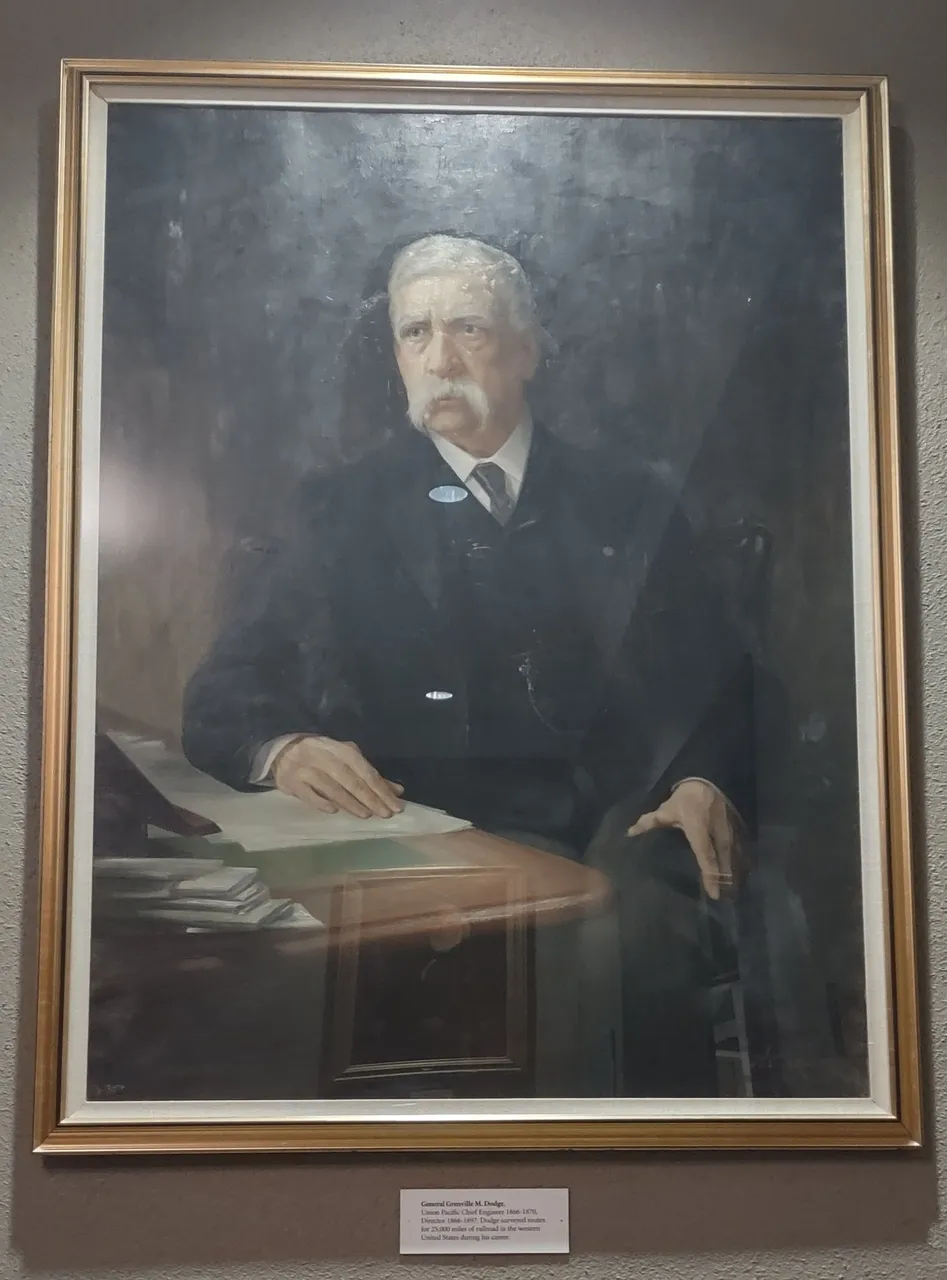
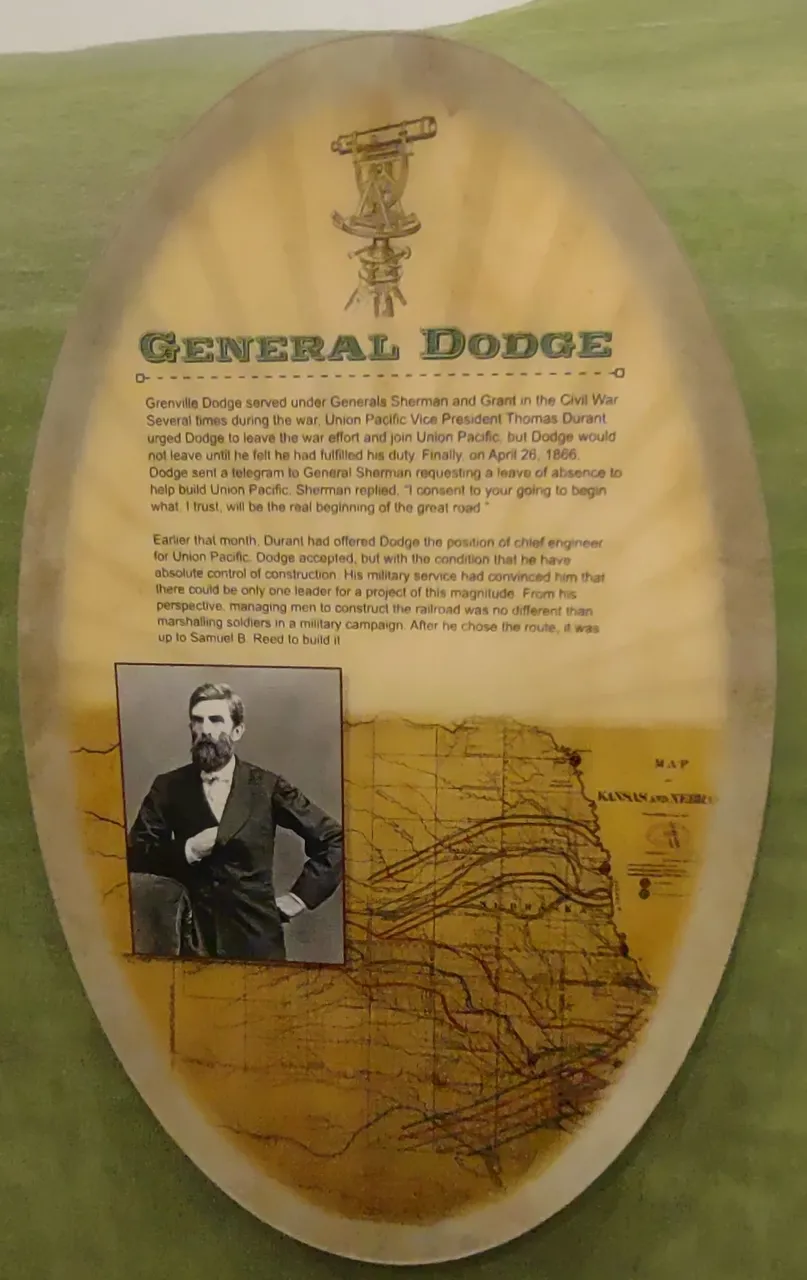
Who you see above is Grenville M.Dodge. He graduated as an engineer than moved to Peru, Illinois in 1851 and began doing surveys. Soon after he worked for Illinois Central Railroads than found employment with Rock Island Railroads. In 1853 he took charge of crew of surveyors to find an end terminus for Rock Island Railroads along the Missouri River on the Iowa Side. He chose the city of Council Bluffs.
He moved to Council Bluffs with his family in 1855. In 1859 Abraham Lincoln (not yet president) came to Council Bluffs and by chance Dodge met with him and told him that one day the Platte Valley would one day be the route to the Pacific railroads. At the start of the Civil War (1861) Dodge was called to service to the Union Army. He would later on reach the rank of Major General.
In 1863, he ramped up some of his forces with African Americans than shortly after got notice to go to Washington, D.C. He thought this notice was to get criticized for his actions. He was wrong and it was to meet with now President Lincoln to talk about the Transcontinental Railroad. Not long after, Lincoln announced Omaha, Nebraska as the eastern end to a new Transcontinental Railroad. Also in 1863 General Dodge got offered the Chief Engineer position at Union Pacific. He turned it down because he wanted to fulfill his service commitment. Later on in 1866 he took that position and worked at that capacity until 1870. On May 10, 1869 General Dodge and his counterpart Samuel Montague from Central Pacific Railroads drove the final spike completing the Transcontinental Railroad.
Today there are many businesses and other things that bear his name in the area. One of the event locations was a tour of his 1869 Council Bluffs house. One could claim that he was the man behind the build of the Transcontinental Railroad.

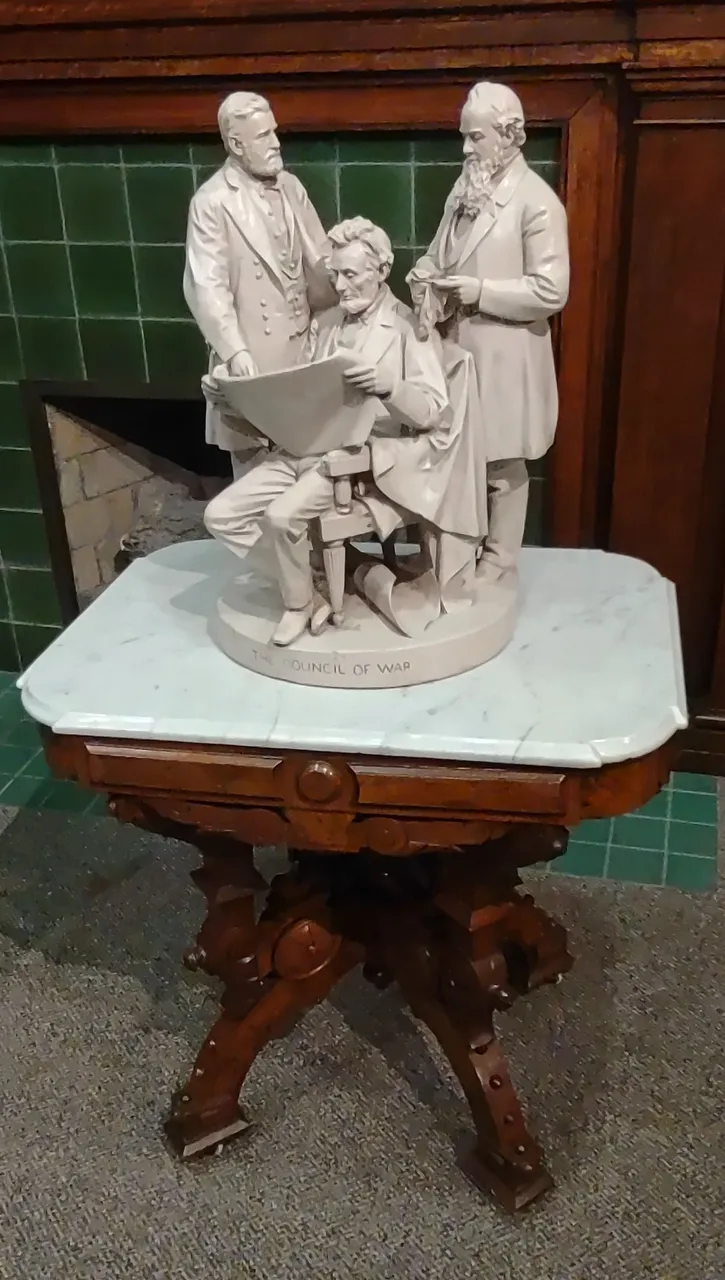
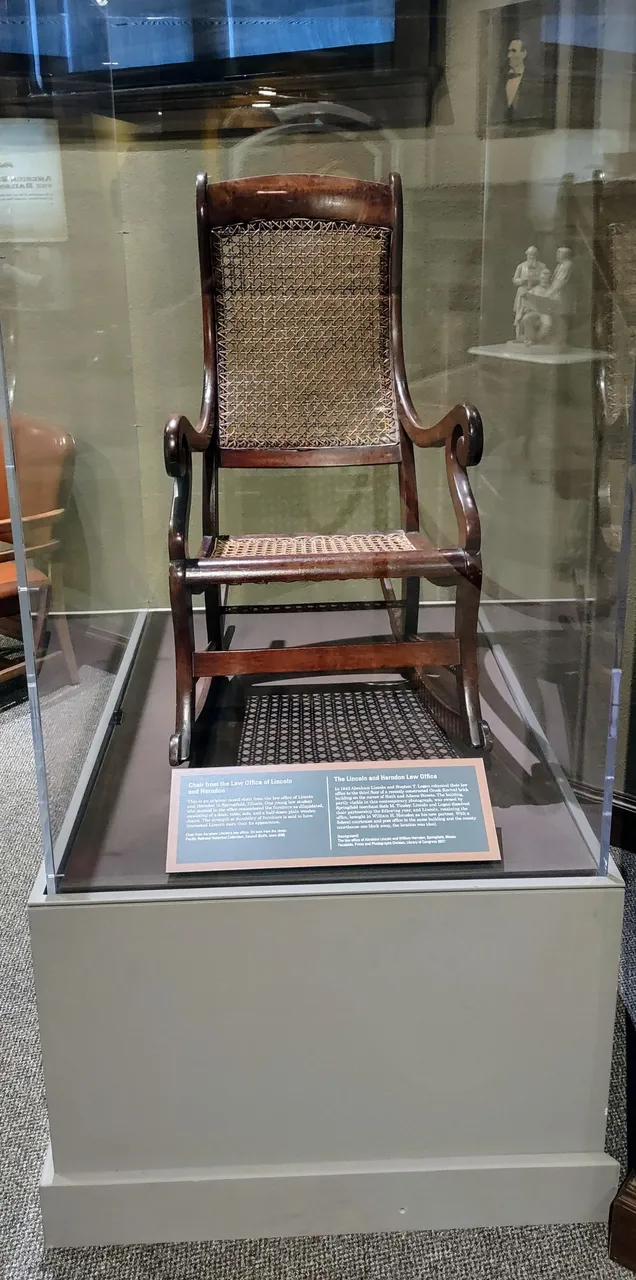
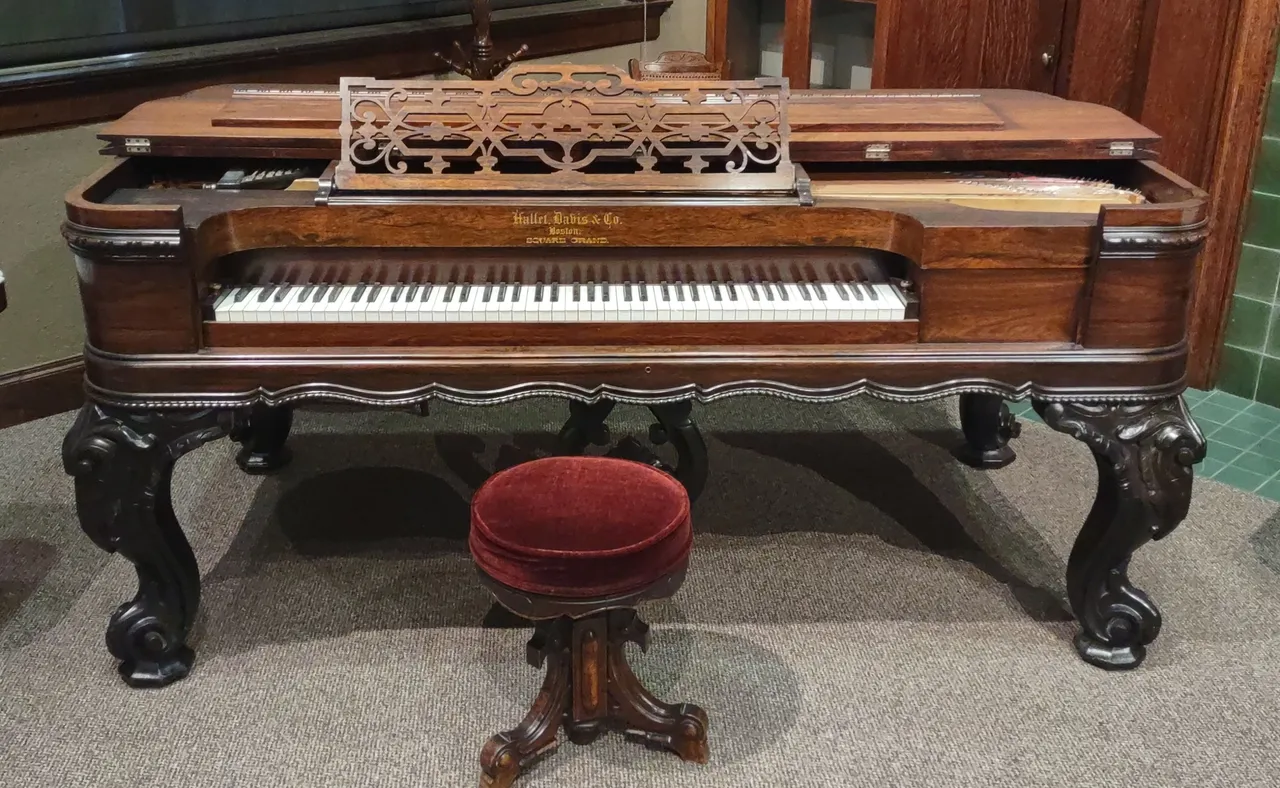
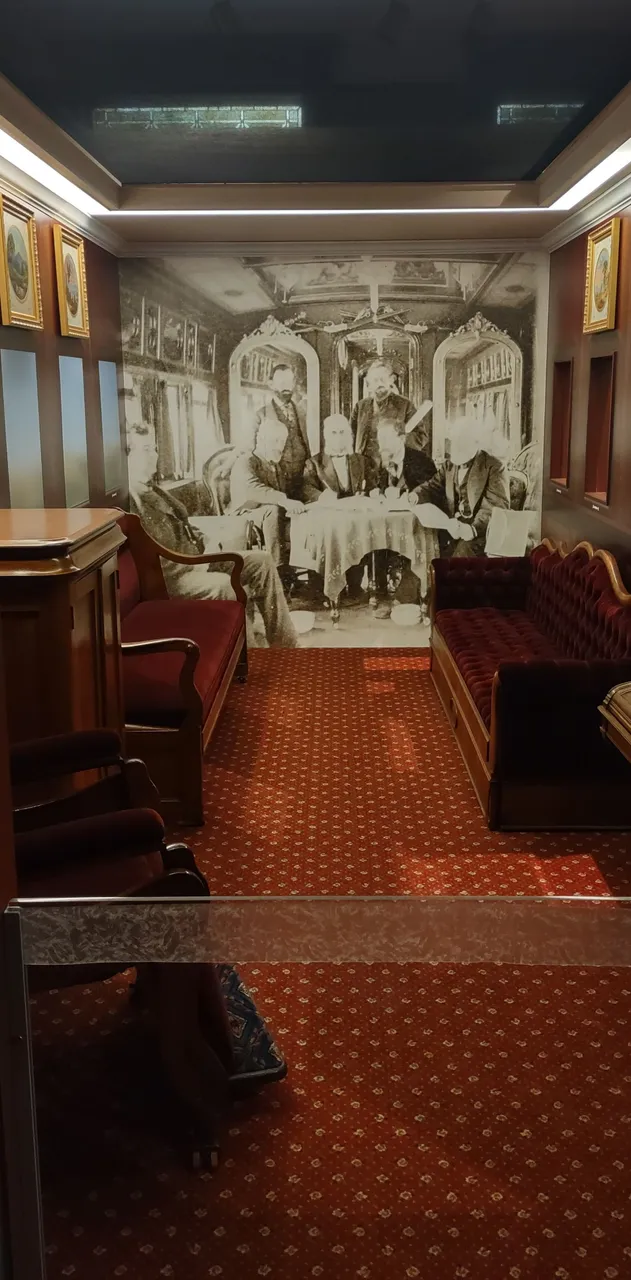
I end the museum tour by showing you the last area I visited. It is referred to as the Lincoln room. A few statues pictures of the President. Long before he became president he was a lawyer at a law firm with another partner. This chair is actually from that firm while Lincoln practiced there. Still looks great and sturdy. Alright the piano did not have any description story. I'm assuming its dated back to that time period. It is quite elegant isn't it? The last photo represents something lost in history.
President Lincoln wanted his own personal rail car made. Work started on it in 1863 and was finished just months before his death in 1865. The President never got to see it but it was used as his funeral car.
The car itself was passed around between the railroads, than to an owner who passed away. Up for sale it went to the final owner who wanted to gift it to the city of Minneapolis, Minnesota. The city didn't accept because it didn't have a museum that could house it. The car was 48 feet long so it was rather large. The owner had the car brought to a property he was developing. On March 11, 1911 a prairie fire burnt the car beyond repair. All that remains is a simple window frame that was removed in a shipyard in Omaha some years before it's fateful day. In 1910 a replica was made using the original blue prints. That car is still around and travels across the country to showcase what the original looked like.

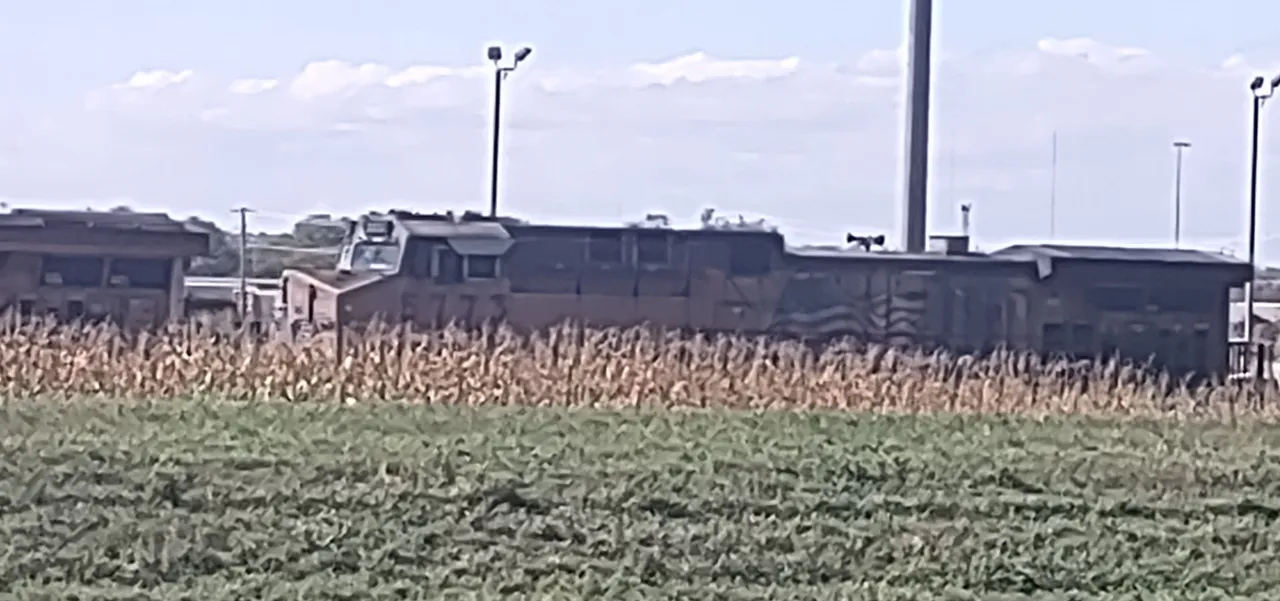
So I had to see some more train related stuff so on Sunday I went searching for trains. Well if you find an active one be prepared to sit and watch. This train when I seen it looked like it was coming out of the ship yard. Than all of sudden it stopped and went in reverse. Since I was at an intersection away from it I drove off and was in search for the front. Just over 200 feet away the tracks take a turn and you can see it from a street that runs parallel with the tracks. I drove about 8 blocks down that street until I got to the front of the train.
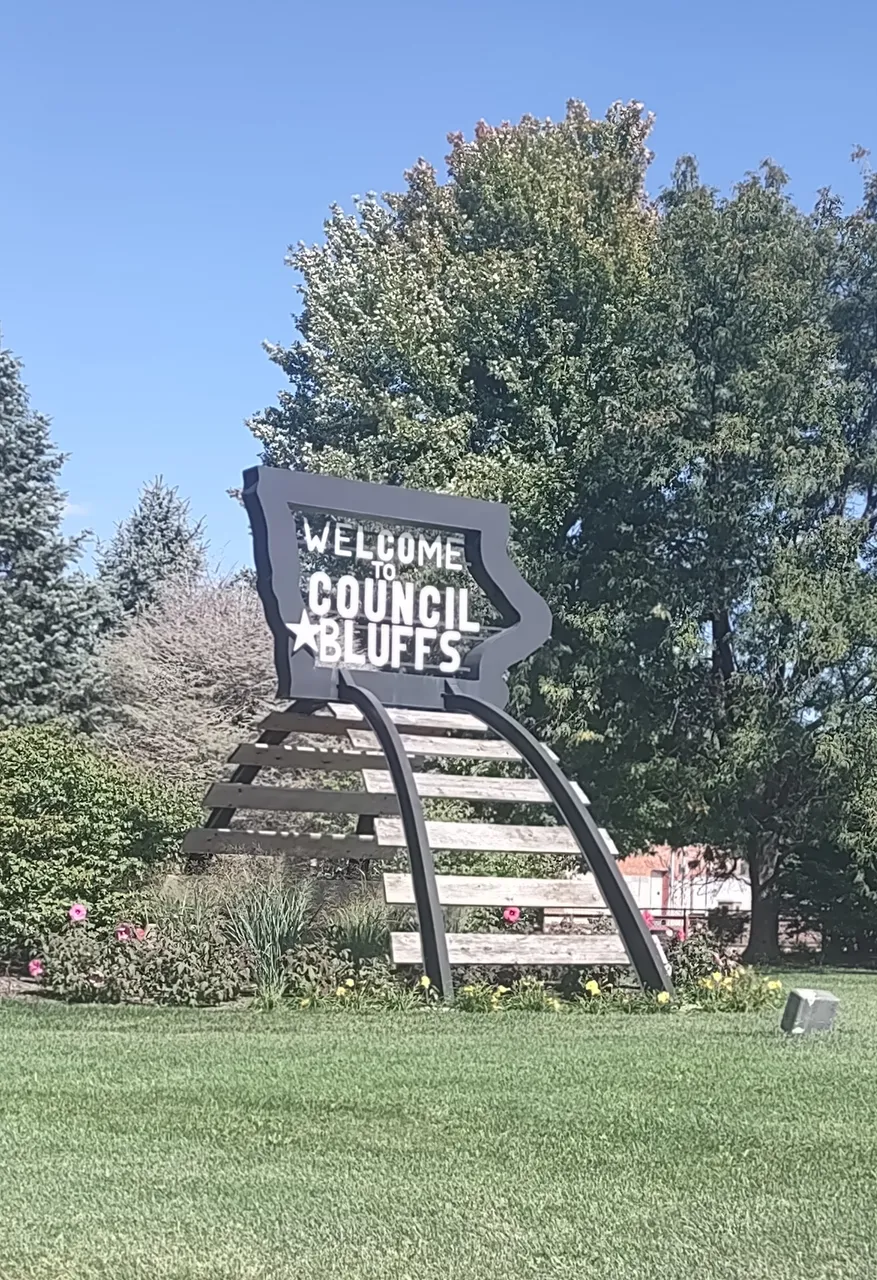
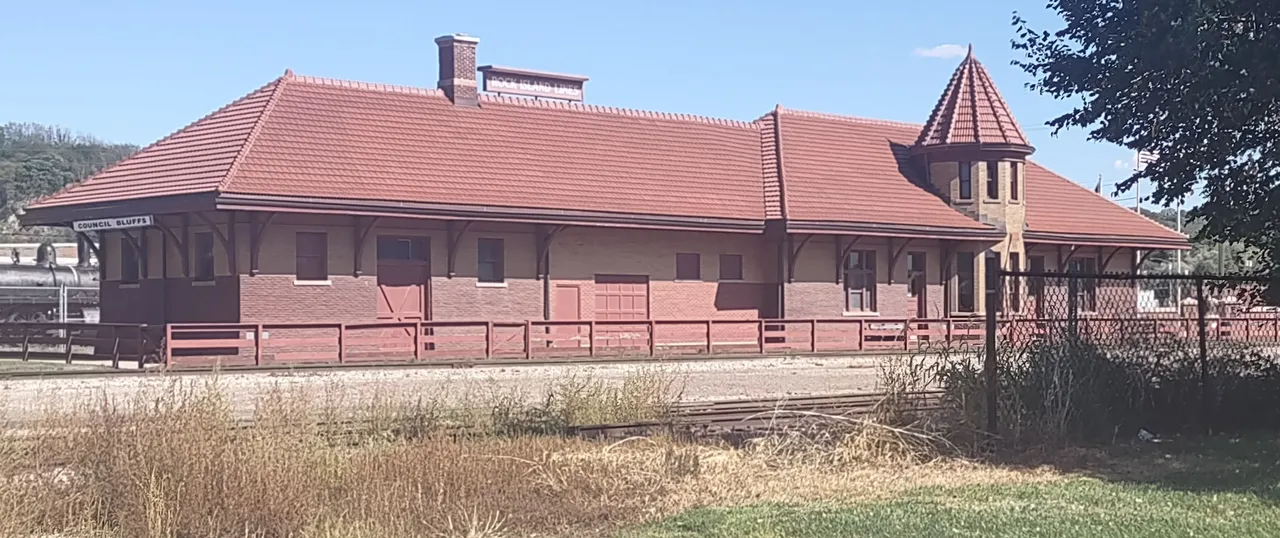
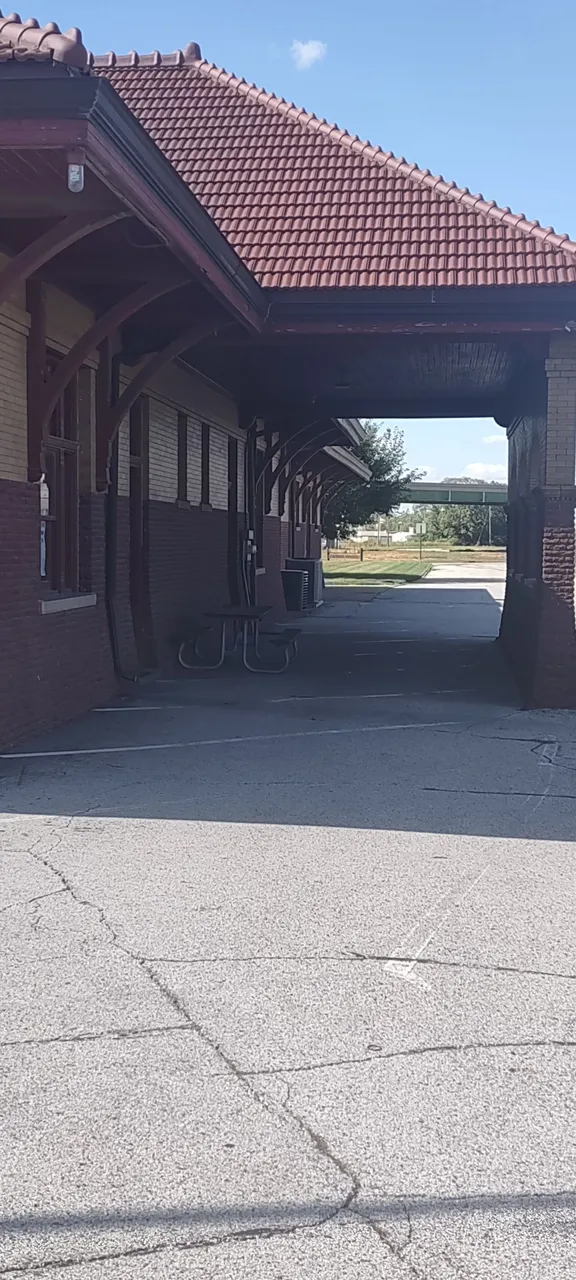
The first picture is so fitting for this town as there really is a lot of train tracks. The next two photo are of train depot turned into a small museum. There use to be 9 train depots in town now there is just one. No active ones just this one remains standing. This was a Chicago Rock Island and Pacific Railroad depot that was built in 1899. Now it's the Rails West Railroad Museum. This place I think is only open to groups reservations and special occasions such as the one on Saturday.
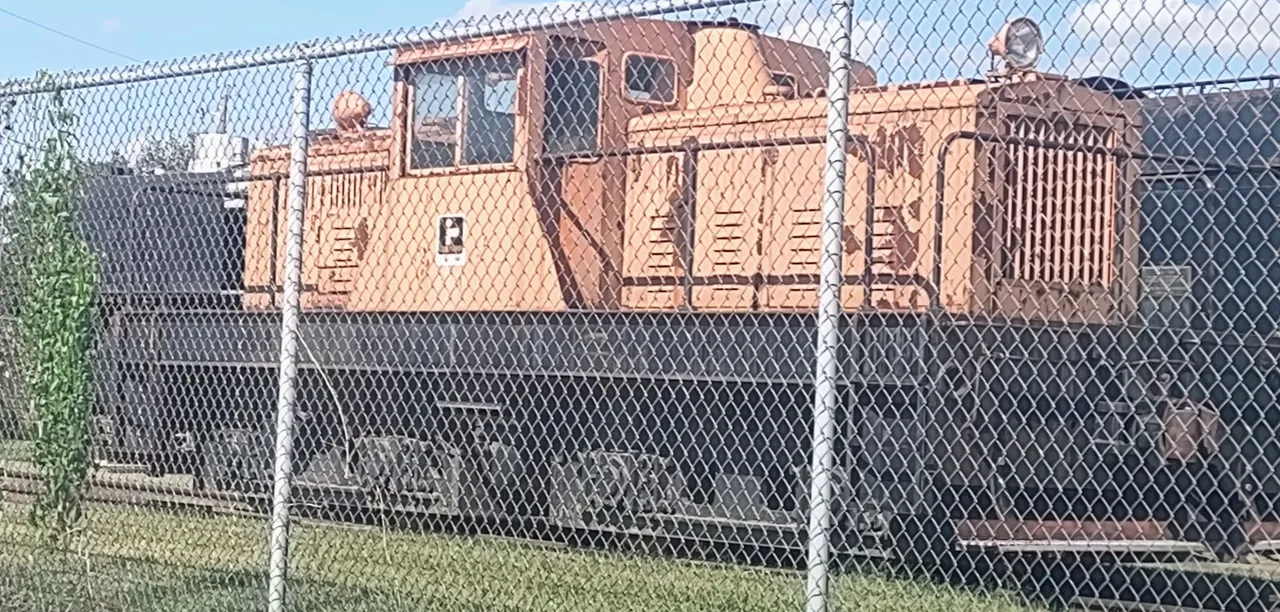
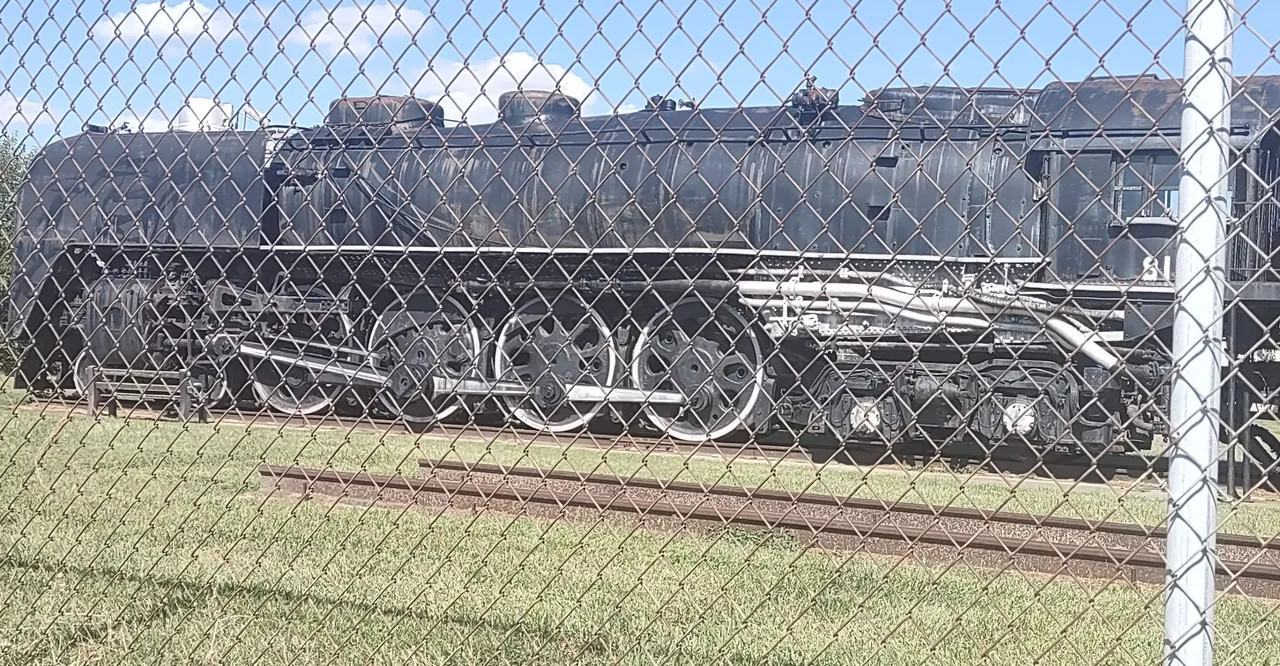

At this depot on the outside is 2 steam engines trains which are Union Pacific locomotive #814 built in 1937 (2nd photo) and Chicago, Burlington, and Quincy locomotive #915 built in 1901 (third photo). The first photo is a 1953 switch engine built by Plymouth Locomotive Works. I've shared these trains before but it has been awhile since I seen them so I snapped some new photos of them.
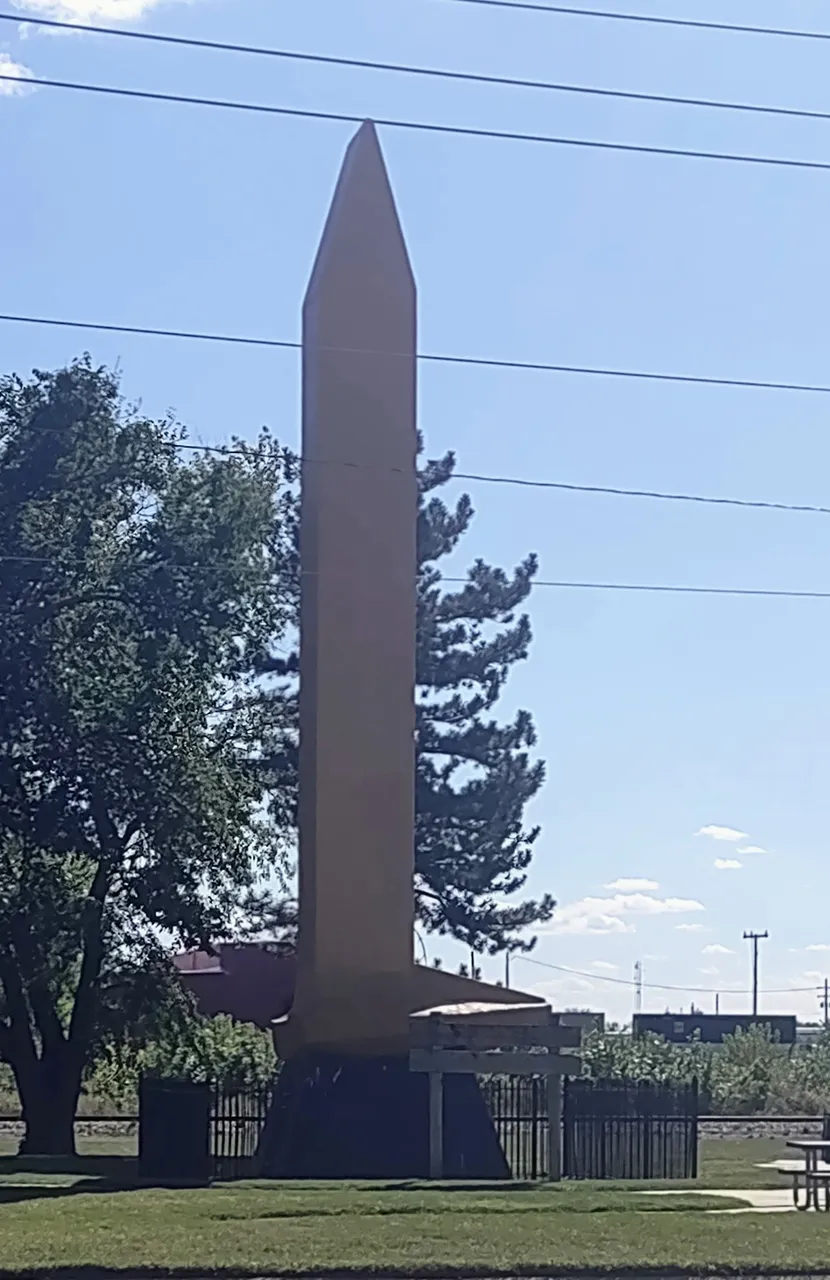
My last stop in search of train related items ended at Golden Spike Park. Not a big park just the giant spike along with a few picnic tables. Saturday Union Pacific had a commemorative diesel Locomotive on display at the park. I was hoping it was still there but it was gone. I will capture it one of these days as I heard it makes trips here frequently.
This is all I have for you. I hope you enjoyed the rest of the museum and my attempts to show some more railroad things. Take care, be safe and enjoy the rest of the week.